0-19-515011-2
Table of contents :
Front Matter……Page 1
Index……Page 0
Preface……Page 4
Table of Contents……Page 6
1.1 What Is a System?……Page 13
1.2 Open-Loop versus Closed-Loop……Page 15
1.3 Axiomatic Definition of a Dynamical System……Page 17
1.4 Mathematical Modeling……Page 20
1.5 Review of Work and Energy Concepts……Page 21
1.6 The Lagrange Equations of Motion……Page 24
1.7.1 Centrifugal Governor……Page 33
1.7.2 Ground Vehicle……Page 34
1.7.3 Permanent Magnet Stepper Motor……Page 40
1.7.4 Stick Balancer……Page 47
1.7.5 Population Dynamics……Page 50
Exercises……Page 52
2.1 State-Plane Analysis……Page 60
2.2.1 The Method of Taylor Series……Page 71
2.1.2 The Method of Isoclines……Page 65
2.2.2 Euler’s Methods……Page 74
2.2.3 Predictor-Corrector Method……Page 76
2.2.4 Runge’s Method……Page 79
2.2.5 Runge-Kutta Method……Page 82
2.3 Principles of Linearization……Page 83
2.4 Linearizing Differential Equations……Page 86
2.5.1 Scalar Product of Functions……Page 89
2.5.2 Fourier Series……Page 93
2.5.3 Describing Function in the Analysis of Nonlinear Systems……Page 94
Exercises……Page 100
3.1 Reachability and Controllability……Page 106
3.2 Observability and Constructability……Page 119
3.3 Companion Forms……Page 123
3.3.1 Controller Form……Page 124
3.3.2 Observer Form……Page 129
3.4 Linear State-Feedback Control……Page 132
3.5 State Estimators……Page 138
3.5.1 Full-Order Estimator……Page 139
3.5.2 Reduced-Order Estimator……Page 142
3.6 Combined Controller-Estimator Compensator……Page 143
Exercises……Page 153
4.1 Informal Introduction to Stability……Page 161
4.2 Basic Definitions of Stability……Page 162
4.3 Stability of Linear Systems……Page 166
4.4 Evaluating Quadratic Indices……Page 171
4.5 Discrete-Time Lyapunov Equation……Page 177
4.6 Constructing Robust Linear Controllers……Page 180
4.7 Hurwitz and Routh Stability Criteria……Page 183
4.8 Stability of Nonlinear Systems……Page 188
4.9 Lyapunov’s Indirect Method……Page 200
4.10 Discontinuous Robust Controllers……Page 206
4.11 Uniform Ultimate Boundedness……Page 213
4.12 Lyapunov-Like Analysis……Page 222
4.13 LaSalle’s Invariance Principle……Page 225
Exercises……Page 229
5.1 Performance Indices……Page 237
5.2 A Glimpse at the Calculus of Variations……Page 239
5.2.1 Variation and Its Properties……Page 241
5.2.2 Euler-Lagrange Equation……Page 246
5.3.1 Algebraic Riccati Equation (ARE)……Page 256
5.3.2 Solving the ARE Using the Eigenvector Method……Page 260
5.3.3 Optimal Systems with Prescribed Poles……Page 263
5.3.4 Optimal Saturating Controllers……Page 278
5.3.5 Linear Quadratic Regulator for Discrete Systems on an Infinite Time Interval……Page 282
5.4.1 Discrete-Time Systems……Page 285
5.4.2 Discrete Linear Quadratic Regulator Problem……Page 289
5.4.3 Continuous Minimum Time Regulator Problem……Page 292
5.4.4 The Hamilton-Jacobi-Bellman Equation……Page 295
5.5.1 Optimal Control with Constraints on Inputs……Page 304
5.5.2 A Two-Point Boundary-Value Problem……Page 316
Exercises……Page 319
6.1 Simple Variable Structure Systems……Page 327
6.2 Sliding Mode Definition……Page 332
6.3 A Simple Sliding Mode Controller……Page 336
6.4 Sliding in Multi-Input Systems……Page 339
6.5 Sliding Mode and System Zeros……Page 340
6.6 Nonideal Sliding Mode……Page 341
6.7 Sliding Surface Design……Page 345
6.8.1 Discontinuous Estimators……Page 348
6.8.2 Boundary Layer Estimators……Page 350
6.9.1 Optimization Problem Statement……Page 352
6.9.2 Penalty Function Method……Page 354
6.9.3 Dynamical Gradient Circuit Analysis……Page 355
Notes……Page 368
Exercises……Page 369
7. Vector Field Methods……Page 379
7.1 A Nonlinear Plant Model……Page 380
7.2 Controller Form……Page 381
7.3 Linearizing State-Feedback Control……Page 392
7.4 Observer Form……Page 394
7.5 Asymptotic State Estimator……Page 399
7.6 Combined Controller-Estimator Compensator……Page 400
Exercises……Page 401
8.1 Motivation and Basic Definitions……Page 405
8.2.1 Interval Arithmetic……Page 408
8.2.2 Manipulating Fuzzy Numbers……Page 410
8.2.3 Fuzzy Relations……Page 415
8.2.4 Composition of Fuzzy Relations……Page 417
8.3 Standard Additive Model……Page 419
8.4 Fuzzy Logic Control……Page 422
8.5 Stabilization Using Fuzzy Models……Page 432
8.5.1 Fuzzy Modeling……Page 433
8.5.2 Constructing a Fuzzy Design Model Using a Nonlinear Model……Page 434
8.5.3 Stabilizability of Fuzzy Models……Page 439
8.5.4 A Lyapunov-Based Stabilizer……Page 443
8.6 Stability of Discrete Fuzzy Models……Page 449
8.7 Fuzzy Estimator……Page 452
8.7.1 The Comparison Method for Linear Systems……Page 454
8.7.2 Stability Analysis of the Closed-Loop System……Page 456
8.8.2 Background Results……Page 459
8.8.3 Controllers……Page 461
8.8.4 Examples……Page 468
Notes……Page 475
Exercises……Page 476
9. Neural Networks……Page 481
9.1 Threshold Logic Unit……Page 482
9.2 Identification Using Adaptive Linear Element……Page 490
9.3 Backpropagation……Page 496
9.4 Neural Fuzzy Identifier……Page 501
9.5.1 Interpolation Using RBF Networks……Page 506
9.5.2 Identification of a Single-Input, Single-State System……Page 509
9.5.3 Learning Algorithm for the RBF Identifier……Page 510
9.5.4 Growing RBF Network……Page 512
9.5.5 Identification of Multivariable Systems……Page 515
9.6 A Self-Organizing Network……Page 518
9.7.1 Hopfield Neural Network Modeling and Analysis……Page 520
9.7.2 Analog-to-Digital Converter……Page 526
9.8 Hopfield Network Stability Analysis……Page 529
9.8.1 Hopfield Network Model Analysis……Page 530
9.8.2 Single-Neuron Stability Analysis……Page 532
9.8.3 Stability Analysis of the Network……Page 534
9.9.1 Associative Memories……Page 541
9.9.2 Analysis of BSB Models……Page 545
9.9.3 Synthesis of Neural Associative Memory……Page 547
9.9.4 Learning……Page 558
9.9.5 Forgetting……Page 559
Notes……Page 561
Exercises……Page 563
10.1 Genetics as an Inspiration for an Optimization Approach……Page 565
10.2 Implementing a Canonical Genetic Algorithm……Page 567
10.3 Analysis of the Canonical Genetic Algorithm……Page 571
10.4 Simple Evolutionary Algorithm (EA)……Page 573
10.5.1 Vehicle Model and Control Objective……Page 575
10.5.2 Case 1: EA Tunes Fuzzy Rules……Page 577
10.5.3 Case 2: EA Tunes Fuzzy Membership Functions……Page 579
10.5.4 Case 3: EA Tunes Fuzzy Rules and Membership Functions……Page 580
Notes……Page 586
Exercises……Page 587
11.1 Chaotic Systems Are Dynamical Systems with Wild Behavior……Page 590
11.2.1 The Logistic Equation – An Example from Ecology……Page 591
11.2.2 Stability Analysis of the Logistic Map……Page 593
11.2.3 Period Doubling to Chaos……Page 600
11.2.4 The Feigenbaum Numbers……Page 604
11.3 Fractals……Page 605
11.3.2 Julia Sets……Page 607
11.3.3 Iterated Function Systems……Page 608
11.4 Lyapunov Exponents……Page 611
11.5 Discretization Chaos……Page 617
11.6.1 Ingredients of Chaotic Control Algorithm……Page 619
11.6.2 Chaotic Control Algorithm……Page 620
Notes……Page 631
Exercises……Page 632
A.1 Notation and Methods of Proof……Page 636
A.2 Vectors……Page 638
A.3 Matrices and Determinants……Page 641
A.4 Quadratic Forms……Page 645
A.5 The Kronecker Product……Page 649
A.6 Upper and Lower Bounds……Page 652
A.7 Sequences……Page 653
A.8 Functions……Page 660
A.9 Linear Operators……Page 663
A.10 Vector Spaces……Page 666
A.11 Least Squares……Page 668
A.12 Contraction Maps……Page 671
A.13 First-Order Differential Equation……Page 674
A.14.1 The Bellman-Gronwall Lemma……Page 675
A.14.2 A Comparison Theorem……Page 676
A.15.1 Solution of Uncontrolled System……Page 677
A.15.2 Solution of Controlled System……Page 678
A.16 Curves and Surfaces……Page 679
A.17 Vector Fields and Curve Integrals……Page 682
A.18 Matrix Calculus Formulas……Page 686
Exercises……Page 687
A……Page 691
B……Page 696
C……Page 699
D……Page 707
E……Page 711
F……Page 714
G……Page 720
H……Page 723
I……Page 725
J……Page 728
L……Page 729
N……Page 735
O……Page 738
P……Page 741
Q……Page 743
S……Page 748
T……Page 752
U……Page 760
W……Page 766
Z……Page 768
Bibliography……Page 769

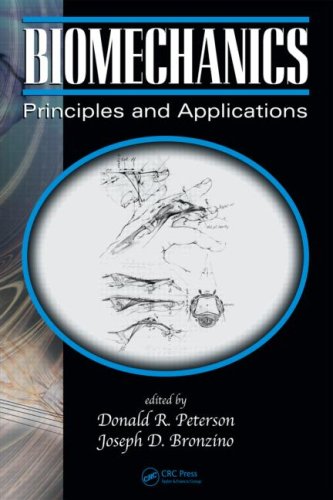
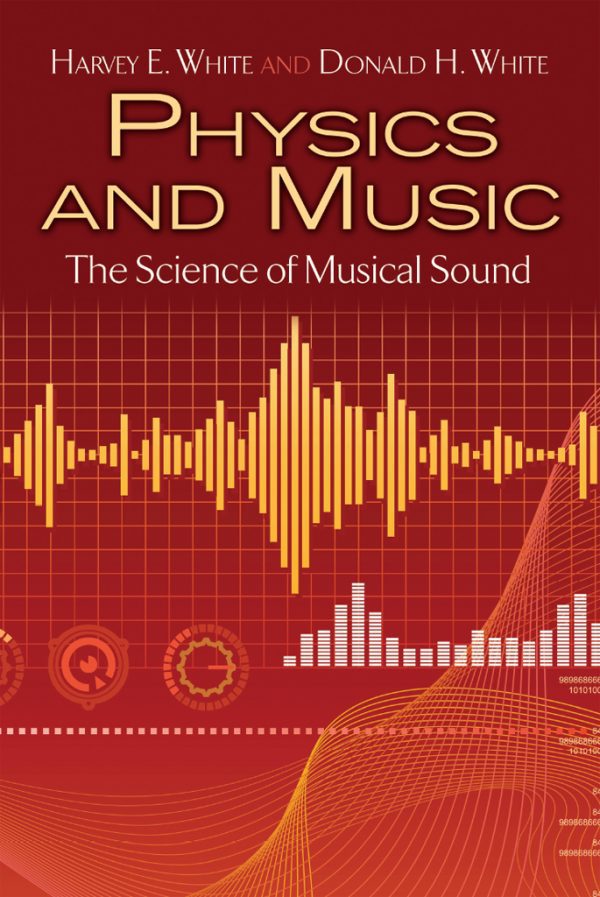
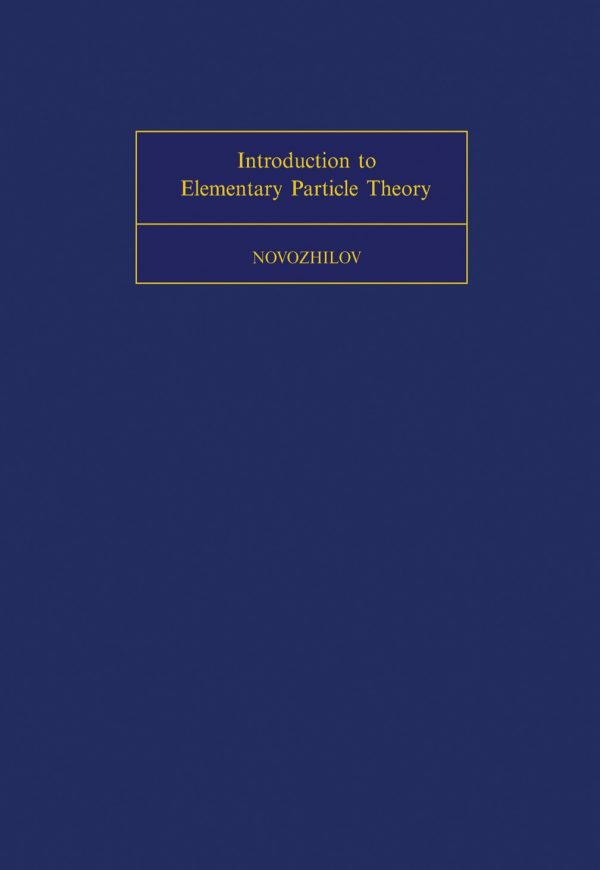
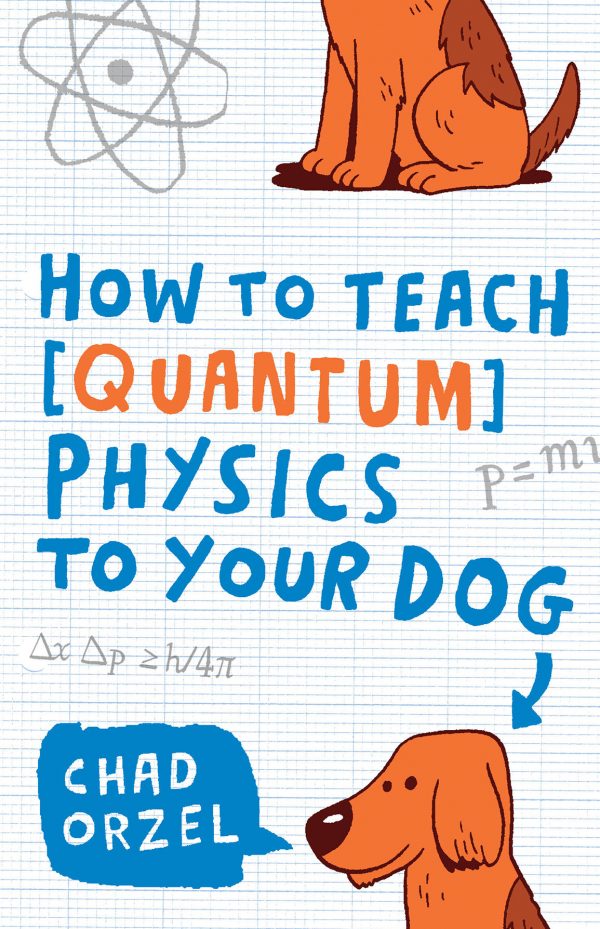
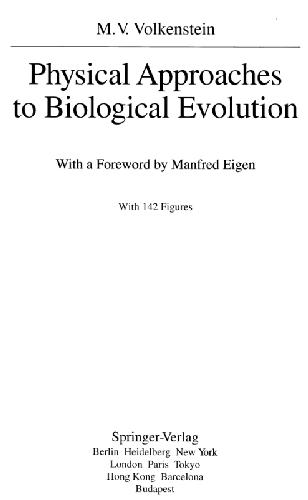
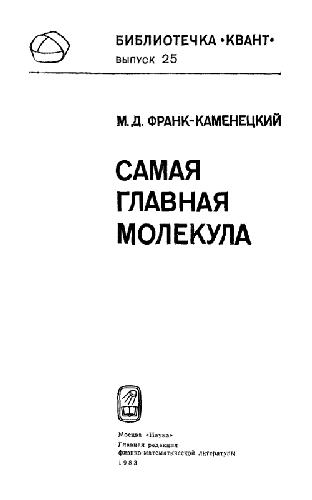
Reviews
There are no reviews yet.